Experiencing Japan’s famous museum village and the rural beauty of the UNESCO World Heritage site.
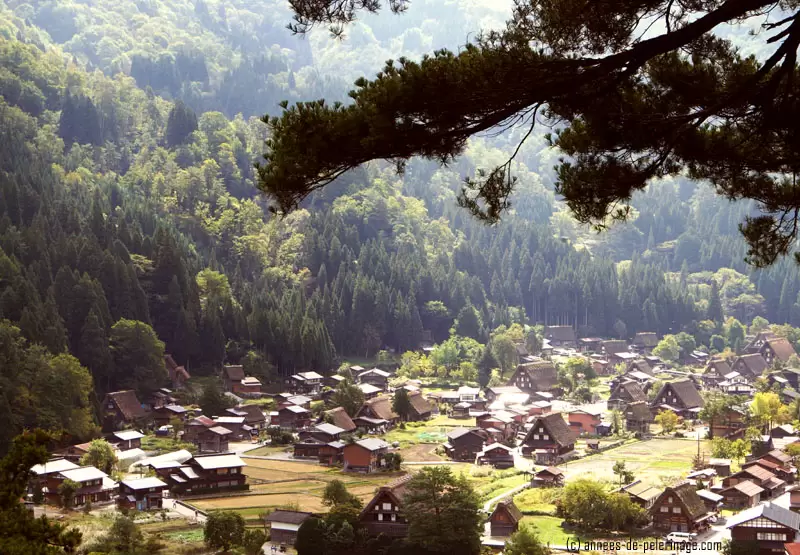
A precarious road leads initiates over steep passes and daredevil bridges to a place where time seemingly stands still. Hidden deep within the crevasses of central Japan’s mountain range lies Shirakawa-go (白川郷). This small village withstood the unrelenting needs for change that made Japan the prime economic power in Asia. Picturesque farmsteads, built in an ancient style called Gasshō-zukuri, bring back the time when samurai and shogun ruled the country.
________
Looking for further inspiration? Here are my 20 best things to do in Japan
Shirakawa-go – a village beyond time
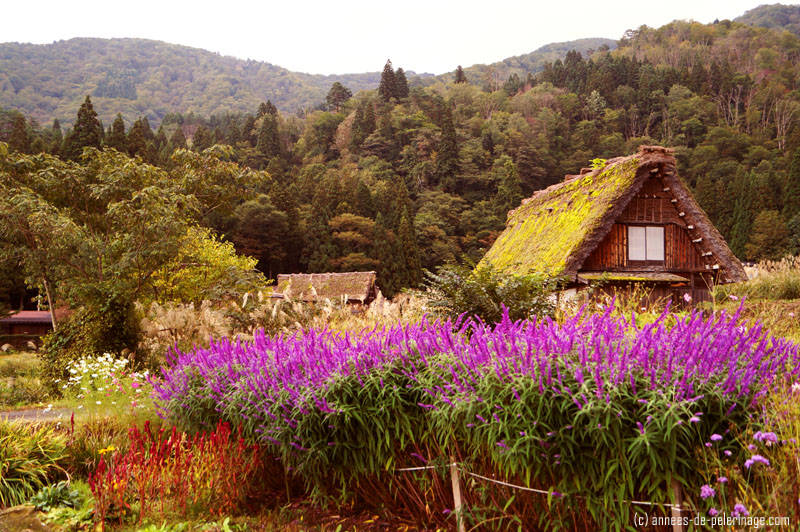
If you were to paint the perfect picture of ancient rural Japan, I’m quite positive Shirakawa-go would be the result (which is the reason it’s featured in my Japan itinerary). The muted gargling of a mountain creek plays along to the wind gently blowing over blooming meadows. Straw thatched roofs beckon the idle eye with what one assumes must be most pleasant hospitality within. Yet, I dare not to enter, lest I disturb this lucent dream of a Japan one casually agreed cannot exist anymore. Instead, I follow the invitation of the path meandering through the scenic village.
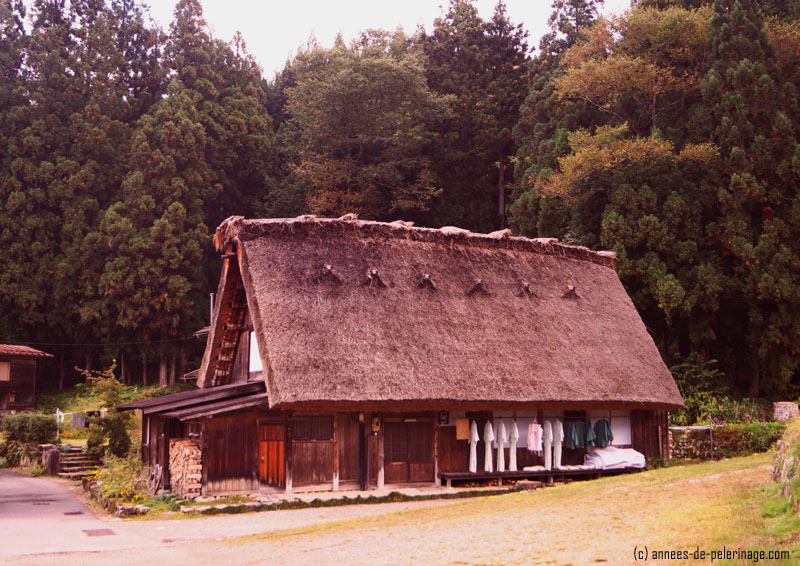
Shirakawa-go instills an intangible feeling of intrusion upon me. That, by merely watching, I could tip the careful balance that helped preserving this enchanted enclave. Every second I expect the rice paper covered sliding doors to open with a muted thud. Emerging would, my imagination is sure, a kimono-clad woman on her way to hang up damp laundry or another mundane task a host of modern gadgetry replaced with pressing a mere button in the rest of the western world.
I can just imagine, what this place looks like after the first snow. I’ve heard such great things about Japan in Winter, but never actually got to experience it.
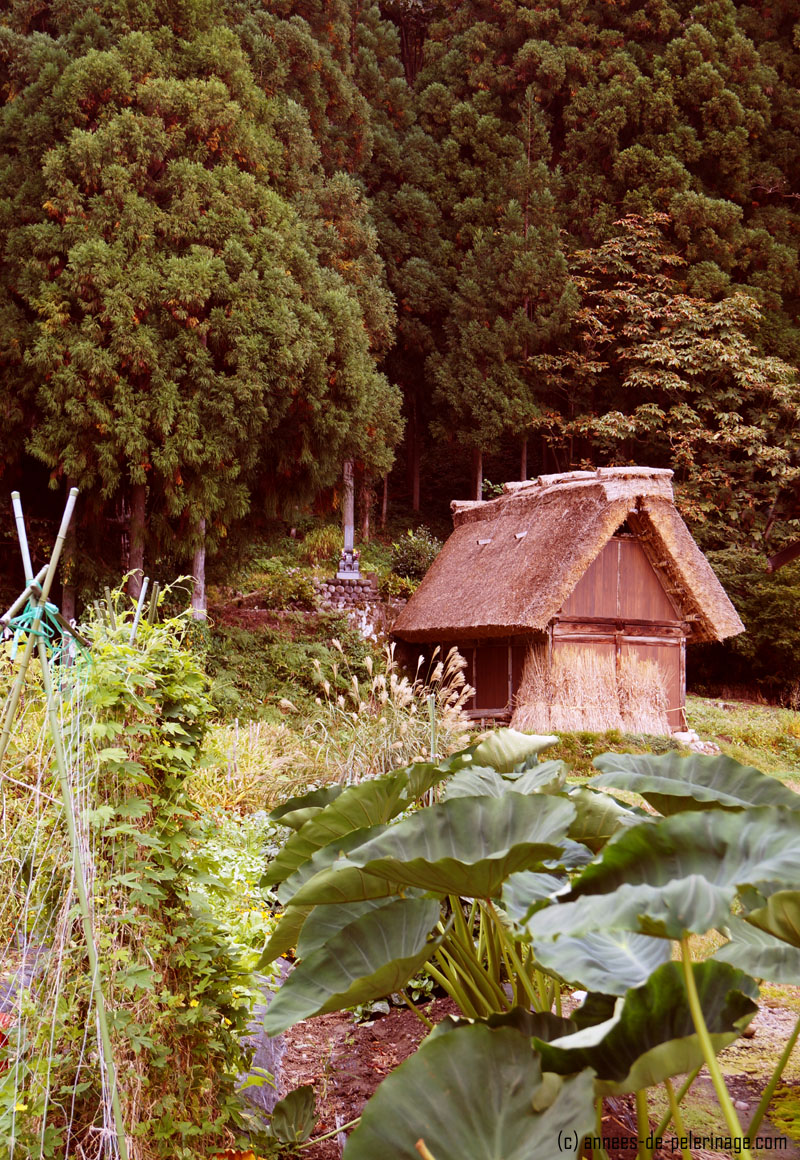
Behind a farmhouse, my keen eyes spot a verdant garden home to an abundance of natural greens. Beans entwine their stakes in a gentle embrace, while parasols-sized leaves make me wonder what succulent fruit is buried in the moist soil beneath. Protecting the fecund haven, much to my relief, are high cedars – as if to form an impregnable barrier for sudden storms and other such calamities of harsh mountain climates. I breathe in the scene until a tiny shrine reveals itself among the natural rock. Home to a local spirit or to appease the ancestors – I do not know.
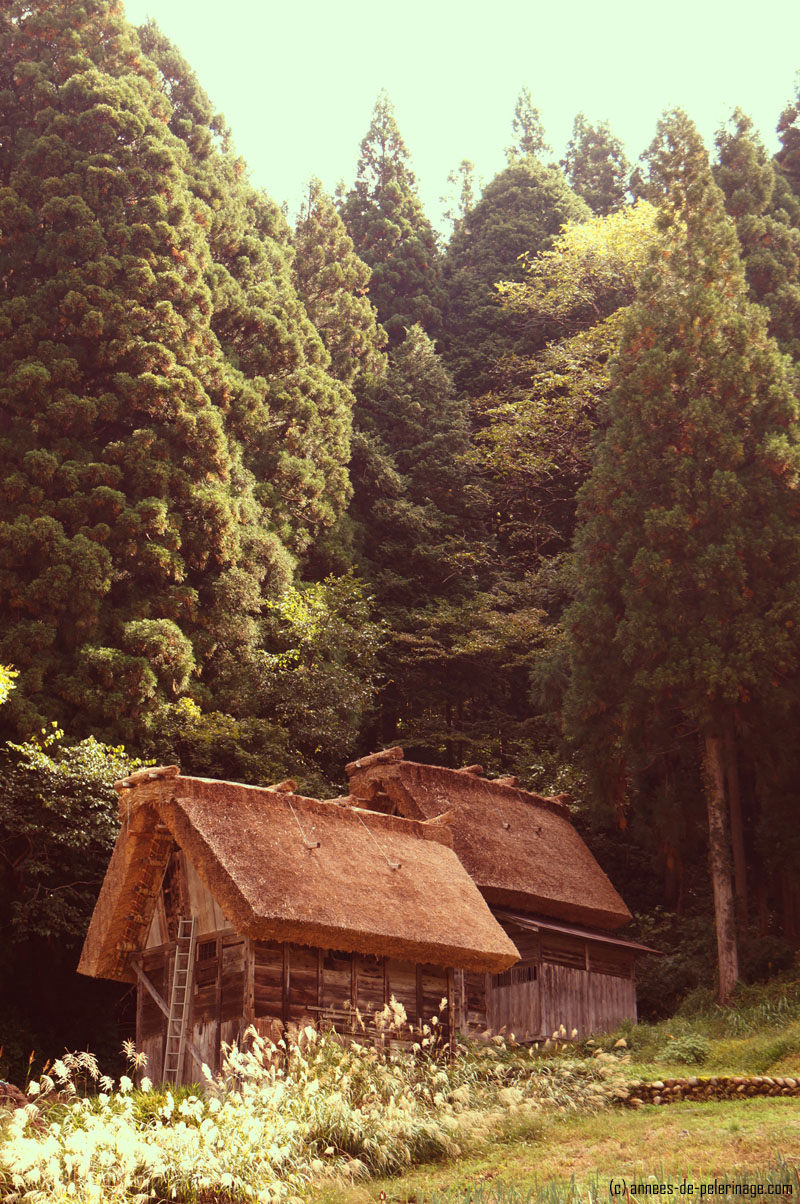
With wide strides, I flank the forest edge. Two barns, little more than shacks, in fact, greet me on my way to the most northern part of Shirakawa-go. Unwittingly the scene comes close to wetting my eyes, so beautiful are they nestled in nature’s recess. Who could have planned, I ask, such rural perfection? Who could have conceived their solemn vigilance against change?
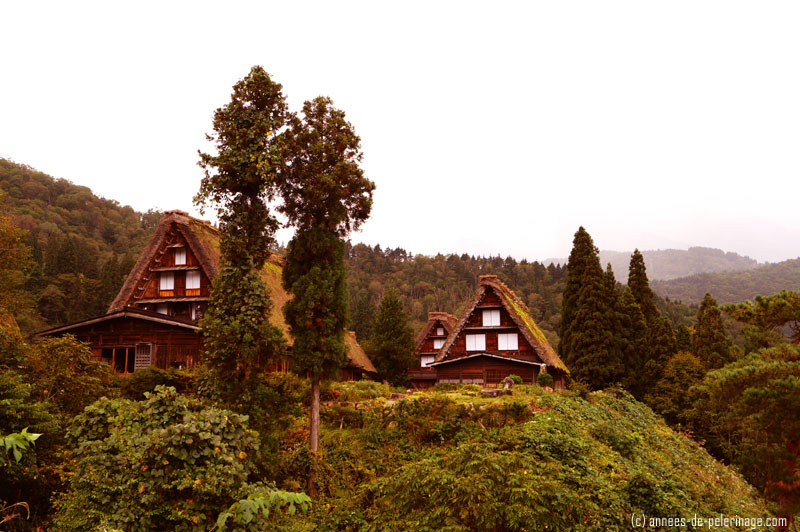
I realize this feeling must be what Japanese would call mono no aware – the transience of things. Still pondering about this fleeting moment, I arrive at a clearing. My eyes find two cedars standing like sentinels over a collection of four houses upon a small hill. Moss covers the roofs in thick green patches, and the warm tones of the wood shall eventually invite me to get in.
No stranger to the needs of wanderers like me, the locals offer food and drinks to still even the most voracious hunger. Much to my surprise, the restaurant shall, in all honesty, offer me the best food I ever had in Japan. Meats from local mountain farms and vegetables taken, so I presume, from the nearby garden were presented to me on overburdened plates. The hot coals of a hearth right at my table provided the means to grill these delicacies to a steaming symphony of natural flavors.
Note: Check out this guide if you want to know more about Japanese food.
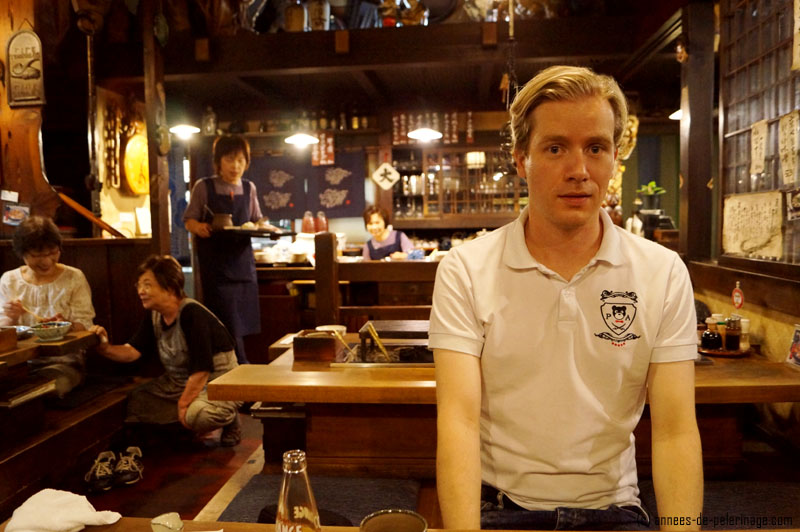
I sometimes still dream of Shirakawa-go. And who could fault me? They said the place would be brimming with tourists. And, sticking to the main street of the secluded village, that probably would have been true. Nobody can escape the popularity of a UNESCO World Heritage site like this. And I, too, saw my share of guided tours. But I would never have guessed which serene beauty was offered to me in Shirakawa-go some few hundred meters off the frequented tourist tracks.
What is left now, is this strong compulsion to return. To rent a tatami-matted room in one of the ancient hostels, and spent a week on celebrating ennui. For the present, however, that seems highly unlikely. But if you plan to travel to Japan anytime soon, you should definitely visit Shirakawa-go. It is well worth its time – insofar time truly exists there.
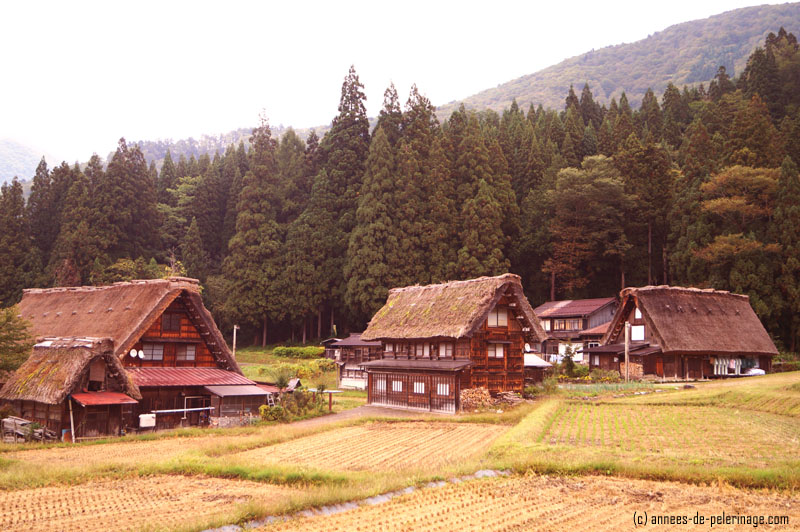
Did you like my Shirakawa-go blog? Share your thoughts in the comment section below! If you like to read more travel guides on where ancient customs and traditions survive in Japan, I’m sure you’ll enjoy my story about the secret world of geisha parties in Kyoto!
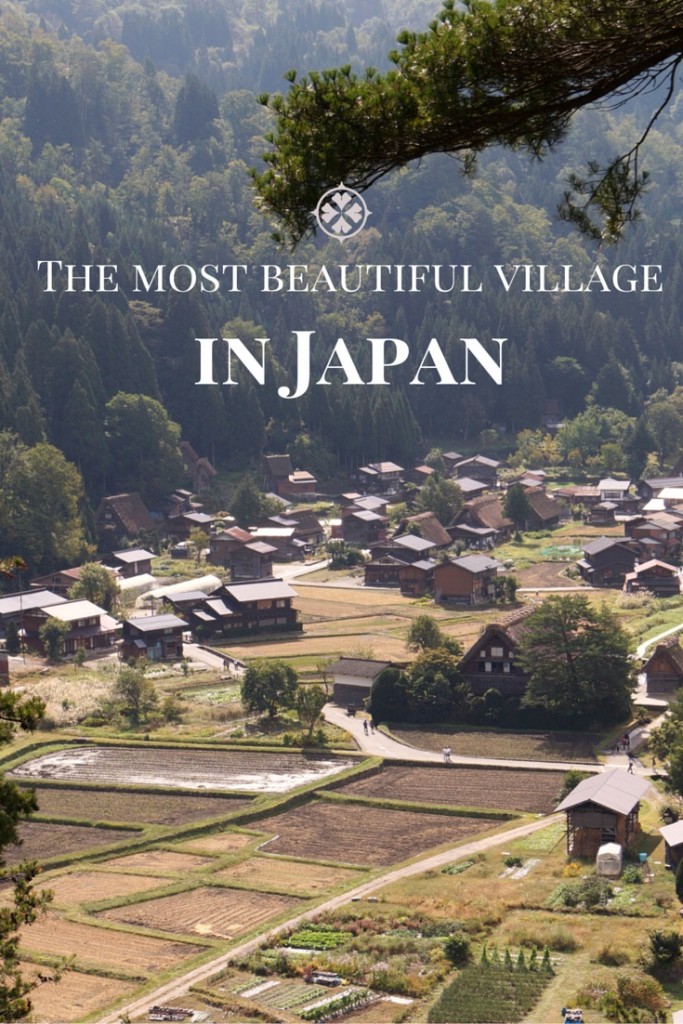


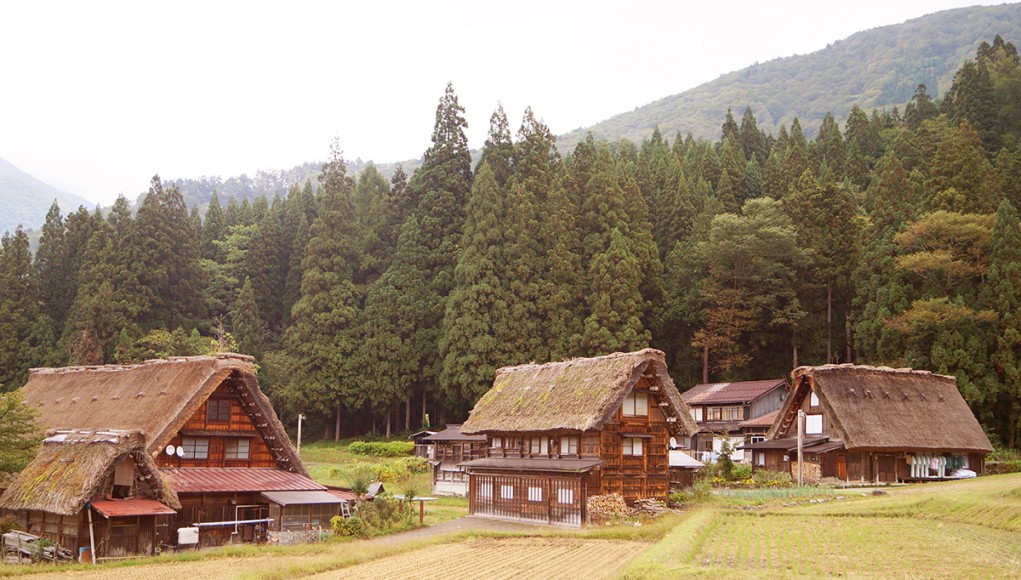
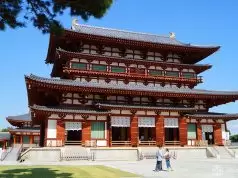
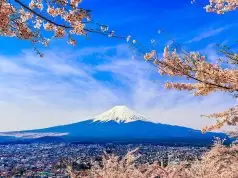
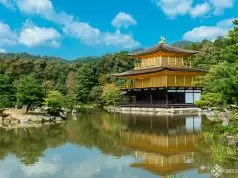


Visitor Rating: 5 Stars
Loved the way you wrote it! Thanks!
What is name & location of the restaurant you ate at in Shirakawa-go?
Hey Michele,
sorry, I can’t remember the name. But if you follow the road through the village to the very end, you’ll see three houses on a little hill. That’s where I ate.